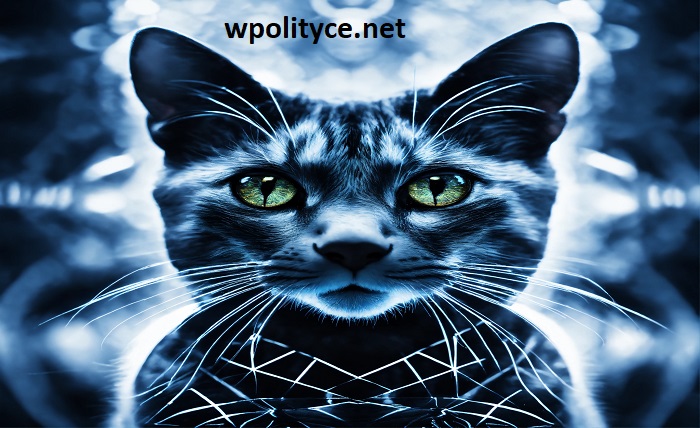Cat in the Chrysalis: Metamorphosis of Myth and Mystery

The image of a cat nestled within a chrysalis, seemingly impossible yet strangely captivating, has captured imaginations across cultures and timelines. This unlikely pairing speaks to our fascination with transformation, the hidden potential residing within, and the mysteries veiled behind everyday wonders. Today, we delve into this intriguing concept, exploring its interpretations in myth, literature, and even science.
1. From Kitten to Butterfly: A Misunderstood Metamorphosis
Our first instinct might be to associate the chrysalis with caterpillars, their dramatic transformation into butterflies mirroring life’s own journeys. But a cat? The furry, independent feline seems far removed from such a drastic change. So, how did this unusual image arise?
One explanation lies in ancient Egyptian mythology. Cats were revered creatures, often associated with deities representing transformation and rebirth. The intricate chrysalis, symbolizing hidden potential, could have easily served as a metaphor for the cat’s mystical abilities.
2. Literary Explorations: Where Fantasy Meets Reality
The “cat in the chrysalis” has also found its way into literary realms. Authors have used it to explore themes of change, identity, and the blurring lines between reality and the fantastical. In works like “Cat in the Chrysalis” by Sarah Beth Durst, the image becomes a central motif, representing the protagonist’s own journey of self-discovery.
These fictional portrayals highlight the symbolic power of the image. The cat, representing independence and curiosity, becomes trapped within a cocoon, signifying potential waiting to be unlocked. Its eventual emergence embodies the potential for profound change, leaving readers to ponder their own transformative possibilities.
3. A Scientific Twist: Can Cats Chrysalize?
Of course, science tells us a different story. Cats, as mammals, undergo no such dramatic metamorphosis. Yet, even science offers its own twist to the tale. Studies have revealed incredible regenerative abilities in felines, allowing them to heal faster than other mammals. Could this exceptional healing be seen as a metaphor for their inner resilience and transformative capacity?
4. Metaphor: The Power of Imagination
But the enduring appeal of the “cat in the chrysalis” goes beyond scientific accuracy or even literal meaning. It taps into our inherent desire for wonder and the potential for hidden magic within the ordinary. It challenges us to see beyond the physical and embrace the metaphorical, reminding us that transformation can occur in unexpected forms and hidden corners.
5. Your Inner Butterfly Cat
The image serves as a powerful reminder that we all possess the potential for metamorphosis. Just like the cat, we may feel confined by our current circumstances, unaware of the possibilities waiting to unfold. The chrysalis represents the period of introspection and growth necessary for change, urging us to embrace the unknown and emerge transformed.
Conclusion
Whether a symbol in ancient myth, a literary device, or a spark of scientific curiosity, the “cat in the chrysalis” continues to intrigue. It serves as a potent reminder of the potential for transformation within ourselves and the world around us. So, the next time you encounter a cat, pause and consider – might it hold the key to unlocking your own hidden wings?
FAQ
- Q: Are there any real-life examples of cats undergoing metamorphosis?
No, in the biological sense, cats do not undergo any drastic transformation like a caterpillar becoming a butterfly. However, their incredible healing abilities and adaptability could be seen as metaphorical “metamorphosis.”
- Q: Where can I find more information about the “cat in the chrysalis” in literature?
Several works explore this concept, including “Cat in the Chrysalis” by Sarah Beth Durst, “Metamorphosis” by Franz Kafka, and “The Tiger’s Wife” by Tea Obreht. Consider searching for books with themes of transformation and metamorphosis.
- Q: What can I do to unlock my own potential for change?
Embrace new experiences, challenge yourself, and be open to growth. Reflect on your goals and values, and don’t be afraid to step outside your comfort zone. Just like the cat in the chrysalis, transformation often requires venturing into the unknown.




